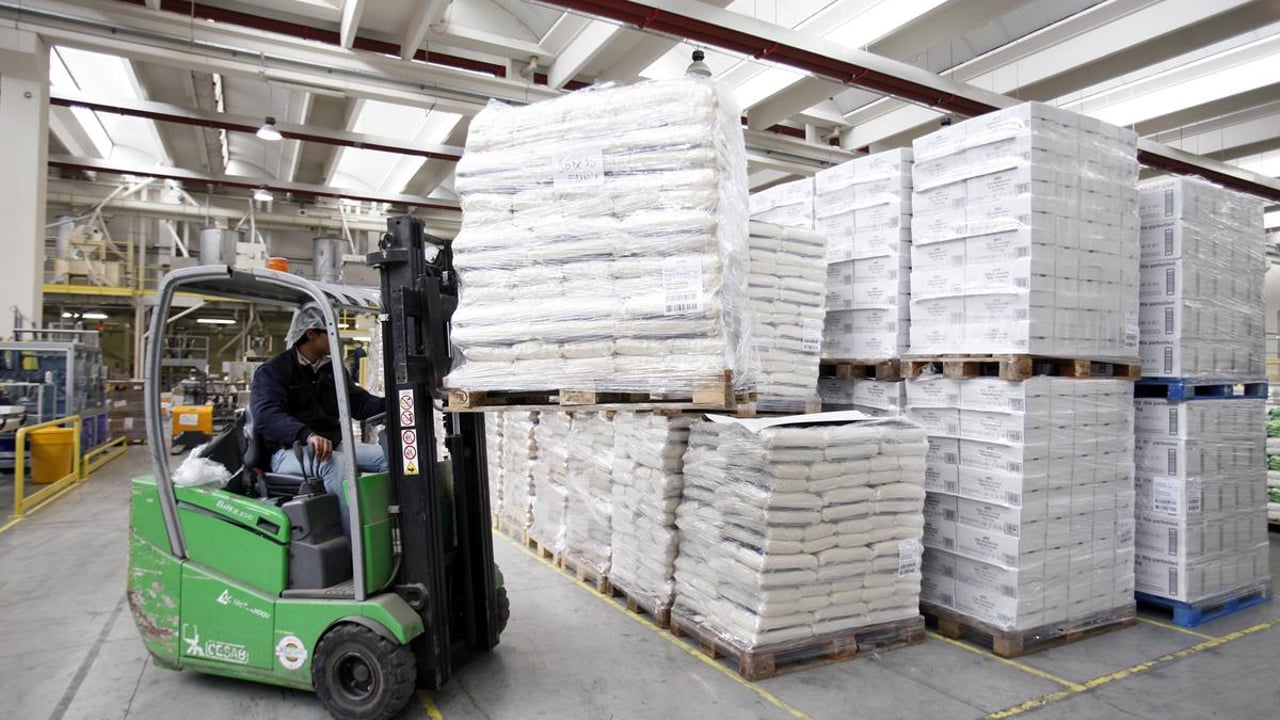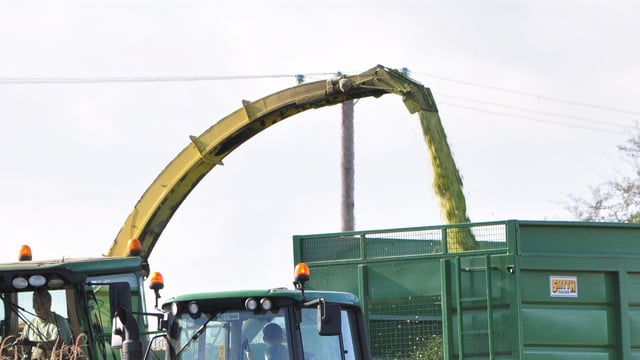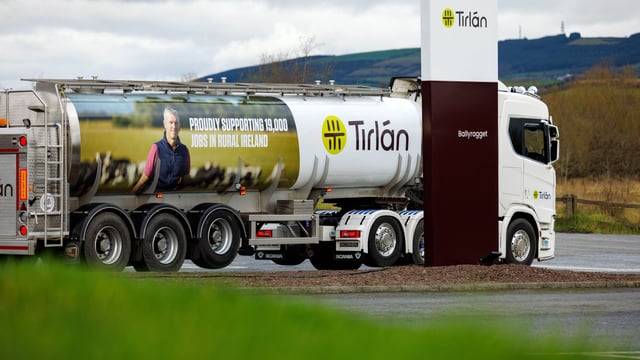Opinion: The US is supporting its dairy farmers in a very substantial manner
By Dr. Declan O’Connor, Department of Mathematics, Cork Institute of Technology
Applications for the €30 million Aids to Private Storage (APS) for dairy have been accepted since May 7.
It is envisioned that this aid package will take up to 330,000t of butter, skim milk powder (SMP) and cheese off the market for a period of two to seven months.
The hope is that by the end of this timeline market demand will have strengthened and prices recovered.
While these figures might initially appear significant, on closer examination this aid would appear to be more token than substantive.
In addition, this measure is supposed to support the milk prices of all 700,000 EU dairy farmers which equates to a mere €43, on average, per farm.
Finally, should prices not recover then these inventories will add to the price pressure and, at best, slow any recovery or, at worst, spur a fire sale of these commodities.
In its defense, the EU Commission has pointed to an absence of spare funds to enlarge this package or support other aid packages at this point in time.
Stateside action
Any spare funding has understandably been redirected towards health projects, however one might argue that while facing similar circumstances, the US has decided to support its dairy farmers in a very substantial manner.
Furthermore, the program is authorising purchases of dairy products to the tune of $100 million per month for the next 10 months.
This is aside from ‘Section 32’ funding which is used to purchase a variety of agricultural products for distribution to food banks. The use of these funds will be determined by industry requests, market analysis and food bank needs, so it is likely that dairy will share part of this $873 million overall pot.
These amounts will undoubtedly make a large difference to the financial health and competitiveness of US dairy farmers as they supply circa 100 million tonnes of milk this year.
EU farmers, who will produce circa 160 million tonnes of milk this year, can understandably point to the token nature of the EU’s APS scheme.
Regardless of its adequacy, the opening of the APS scheme will provide an interesting snapshot of the current market sentiment and possible future developments.
A large volume of applications will indicate that sellers are either hopeful of a recovery later in the year or fearful that short term conditions will further deteriorate.
A large over-subscription may force the commission to re-evaluate its current position and provide some meaningful support for the EU dairy sector.

![Letter to the editor: 'We need a floor price, no 30-month rule and [mature] grass-fed beef'](https://www.agriland.ie/cdn-cgi/image/width=640,height=360,format=auto,fit=cover/https://cdn.agriland.ie/uploads/2016/08/beef-calves.png)


